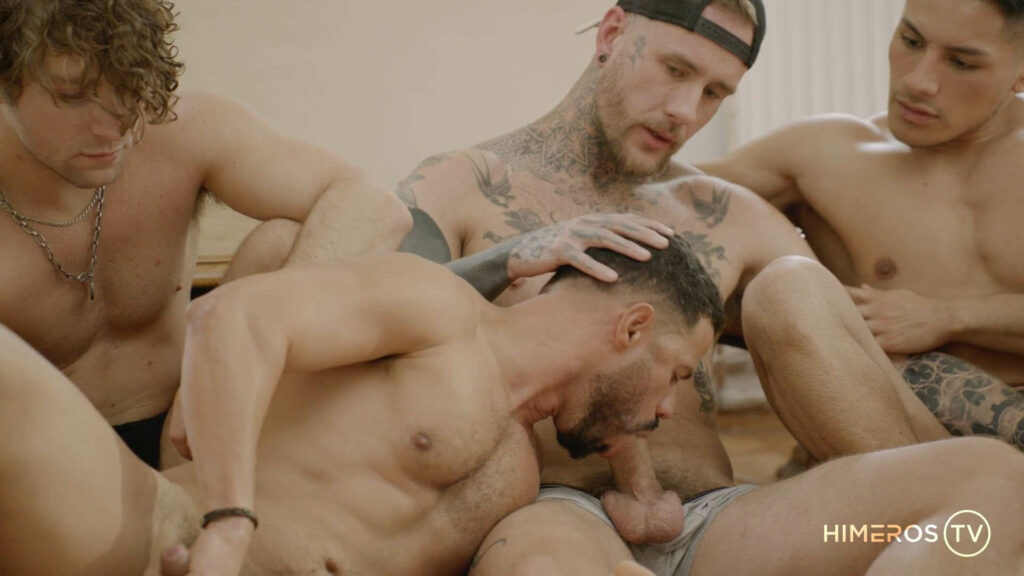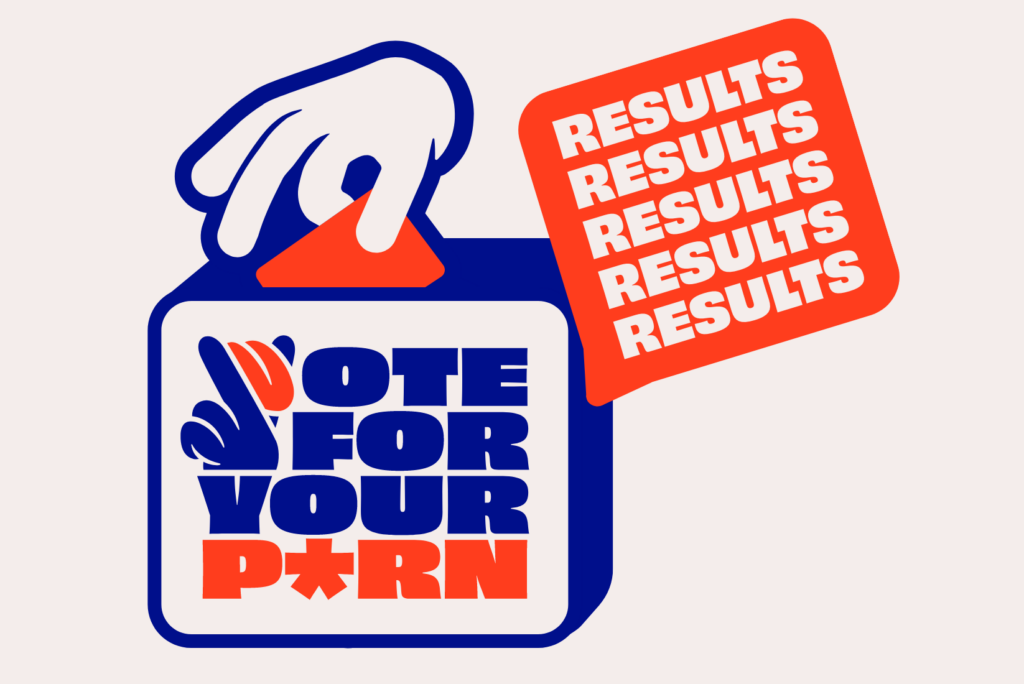Over the course of history, society has enforced notions of gender that segregates people into two categories – male and female. This binary leaves little to no room for people who feel themselves moving across the gender spectrum. In fact, the idea of there even being a gender spectrum is still a fairly new concept within societies around the world. However, looking to other cultures, we see examples of gender fluidity in healthy and inspiring ways.
Indigenous nations in regions from Mexico to Samoa, Pakistan and Madagascar have enforced and accepted the idea of the “third gender” for centuries. This is when someone identifies as both, neither or a combination of being male and female. In many native North American cultures, a third gender is known as ‘two-spirit’. This term describes a sacred and historical identity of someone who has both a feminine and masculine spirit. Reflecting on how we can carry these ideas into our day to day lives is an important part of dismantling gender binary constructs. Combine this with the role pronouns play in helping define our own authentic gender and we can see that answers and options are available for anyone questioning their identity.
Gender is a Spectrum
Gender is in your brain, it’s not what’s in your panties. When you’re born, your sex will often be assigned in a medical way but what’s listed on your birth certificate may not match your gender identity. This is because gender is all about how you feel on a deep personal level, so whether you feel male, female, a blend of both or neither, remember that there is plenty of room for you to define your own identity on your own terms.
It is common for people to link gender with sexuality, but this couldn’t be more wrong. Gender identity is to do with how you feel about yourself. Sexual orientation is based on how you feel towards others. In this way, it’s essential to remove any assumptions you might be inclined to make about yourself, or others, based on sexuality. Like gender, sexuality is a spectrum – one that we can move across on a daily basis. So be easy with yourself as you navigate conversations with people you choose to be intimate with.
Don’t Judge on Appearance
Similarly, physical appearance and dress has been dictated by restrictive binary ideas of masculinity and femininity. From presuming that only women can wear skirts and have vulvas to thinking only men can grow body and facial hair and have a penis, we see how divisive tactics reinforce the unhelpful presumptions around gender identity. Letting yourself express how you feel through clothing, make-up and hairstyles is something to be celebrated. You might want to consider asking a close, trustworthy friend who identifies with a gender you resonate with to try on their clothes and play dress up. In this way, you can explore how you feel in different outfits without the fear of being judged by others. Nongendered and unisex clothing lines are also a brilliant place to start when shopping around for that funky new look you’re wanting to embrace or hunting for underwear that suits your personal needs.
Gender Inclusive Language
As the world catches up with being less binary, there may be terms that you’ve heard before but never fully understood. Taking the time to research and learn more about how people identify is a responsibility we all share. So let’s have a look at some of the language we can use to define ourselves.
- Being cisgender means you identify with the gender you’ve been assigned with at birth.
- Being transgender means your gender identity is not consistent with your assigned birth sex.
- Being non-binary person means your identity doesn’t fall into the category of either male or female.
- Being gender nonconforming, gender queer or gender fluid means you don’t identify with having a specific gender at all.
As well as being able to define yourself and others using the phrases above, there’s also a fabulous selection of pronouns that may be more fitting to how you feel inside.
The Power of Pronouns
Being addressed in a way that affirms your gender is as important as someone saying your name. This is where pronouns come into play. Over the past few years there has been a growing awareness and respect for introducing oneself with pronouns and checking in on how other people want to be identified. Determining your own pronouns is something that, once again, can be a very fluid experience. If you are changing pronouns then know that it can take time, not only for you as an individual to adjust to yourself, but also those around you. From the way you feel in your body and the choices you make around embodying that, to the conversations you have with your nearest and dearest, know that you get to choose the pace you go at, there’s no rush.
When looking at the pronouns a person may use, the most well known terms have been she/her, he/him and they/them. You might want to choose a combination of these to express the nuances of the gender you identify with, such as “he and they” or “she and they” or “he, she and they”. However, these options still limit people to only three combinations. That’s where neopronouns come in. Ze/zir (pronounced zee/zeer), ze/hir (pronounced zee/heer), xe/xem (pronounced zee/zem), fae/faer (pronounced fay/fair) and ey/em (pronounced as seen) are all examples of neopronouns adopted by people who are looking for a term that they relate to better, without loaded gender connotations.
So if you’re not sure what your preference is, try the words out on your tongue and slowly allow yourself to adopt the language that you feel most comfortable with. A great way of introducing your gender identity is to include your pronouns at the end of an email, in your bio description on social media, as well as in person if you feel safe doing so.
Tips and Advice
When dating someone new, insecurities can arise regarding your own, or the other person’s gender. Practise introducing yourself with pronouns to clear the air straight away and make sure you are able to identify one another correctly. There are brilliant articles on CHEEX which help enforce these ideas and give suggestions as to how to discuss your needs and boundaries during intimacy. We suggest you check out ‘Nature is queer and so are we’ as well as ‘Here’s how to talk about sex’ to get you started.
If you are on the path to navigating your own gender, it can sometimes feel like an overwhelming experience. However, as society becomes more open minded, there are many people advocating for awareness and education of inclusive gender identity. If you’re looking for inspiration, be sure to check out wonderful folks including Amrou Al-Kadhi, Alok Menon, Dr Ronx and Ericka Hart. And you can get more help and advice from platforms like Brave Space Alliance or tuning into radio shows such as My non-binary life.








